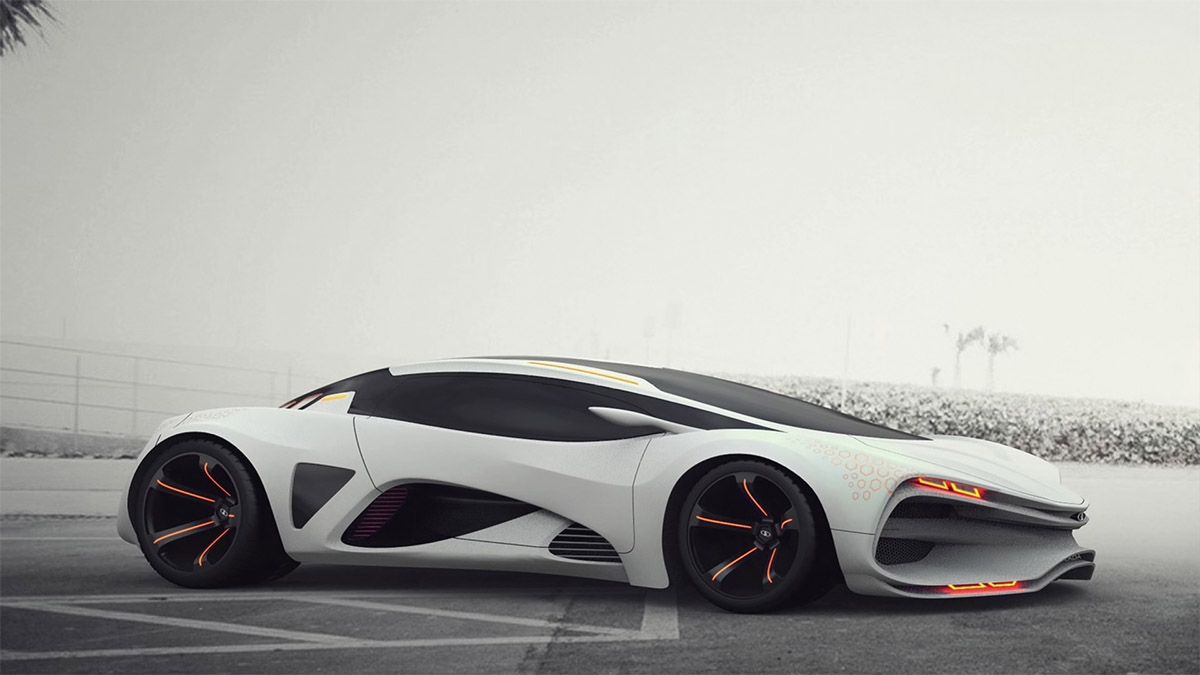why the roads aren’t buzzing with electric cars

It’s been about a century since internal combustion engines appeared and at the rate the we’re inventing new technologies today, you might wonder when we’ll have a replacement. Considering that today, geopolitics are centered around oil and will be for sometime to come, trying to fulfill the promise of cars that run on electrical power would drastically cut the amount of oil developed nations would have to import and give them a major advantage next time the countries of OPEC flex their muscles to get something they want. In addition, instead of facing a grim fate as glorified golf carts, the electric cars being currently designed for the future look like the sort of vicious driving machines any car enthusiast would definitely want to take for a spin on the highway…
So why aren’t automakers delivering more electric cars right now? Sure, they would have to troubleshoot the problems being encountered by companies which want to build fully electric vehicles. But they employ a huge staff of engineers and run factories and design studios which can devote several years to the task. Instead, they’re conservatively sticking to plug-in hybrid concepts or working on making existing engines just a little bit more efficient. Why? Because the electric cars they could offer would be a niche with sticker prices of $50,000 and up, putting them firmly into the same echelon as the Acura RL, the BMW 5 Series the Lexus GS, and the Infinity M Class. And if this is who they’ll have to go up against to pay for the electric engines and motors, they would have to stuff them with all sorts of extras luxury customers expect. The financials look somewhat grim for a machine you have to assemble pretty much from the ground up rather than just source its parts.
Another stumbling block, and this is a big one, is the lack of infrastructure to support electric cars. Pretend for a second that you’re in the market for high end luxury cars can can afford either a top of the line conventional car or an electric. If you take your new RL on a long road trip and run low on gas, there’s almost always a gas station within reach. You could just fill up and continue on your merry way. Not so with an electric. After you’re out of your initial charge, even if it’s some 400 miles, you’re pretty much stuck. These cars would be confined to the city where they’re bought. Some entrepreneurs have tackled this problem, planning stations that would swap out of charge batteries with freshly charged ones, or setting up accessible charging stations throughout a major metropolitan area. However, those plans either require that batteries in electric cars would be made compatible with every other battery type or that billions upon billions are spent on adding a brand new layer of infrastructure to serve a market that doesn’t really exist yet.
One day, electric cars are bound to replace our existing petrol guzzling fleet, but doing so will be an uphill and drawn out challenge. These machines will have to replace thoroughly tested, reliable, mass produced cars on the road today and to do that, they need to achieve a solid range, be easy to maintain and recharge, compete on price and be just as reliable. Current prototypes on the market today still struggle even with these basics, but considering that this is brand new technology, that’s to be expected. Just don’t expect them to improve by the artificial deadlines set by optimistic entrepreneurs and politicians looking to get green cred.





